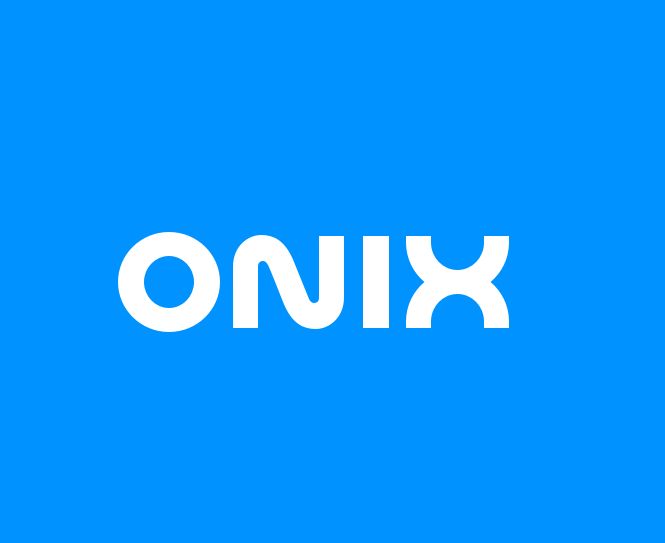Audio Presented by

Onix-Systems provides IT services in website, mobile app and emerging technologies software development.
About Author
Onix-Systems provides IT services in website, mobile app and emerging technologies software development.
Comments
TOPICS
THIS ARTICLE WAS FEATURED IN
Arweave
ViewBlock
Related Stories
46 Stories To Learn About C
Apr 10, 2023